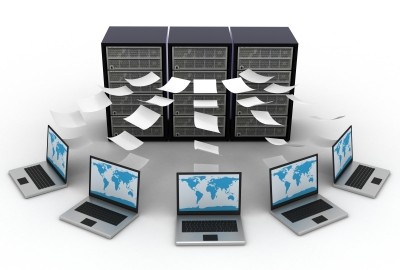
Almost every business today needs an EDI system, particularly if it deals with lots of paper-based transactions. Such a system helps in making the transaction documentation more efficient, by providing automation to some extent, and reduces the risk of human error by making computers do the data processing. If you are thinking of implementing an EDI system for your company, this article will help you make sense of how the system will work.
Preparing the documents for dispatch
Before the EDI system sends the documents over its server network, it first prepares the documents by extracting and organizing them for conversion. The documents are generally in a standard paper invoice format or a digital invoice. If the document is in a parsable digital format, like a spreadsheet, the software may simply read from the file and extract the relevant information. Sometimes, the existing data handling software being used in the company may be tweaked to output in file formats that are ready to be translated into the specified EDI format. In case of physical invoices, the software may utilize inbuilt optical mark recognition capabilities or an external library. It’s not uncommon however, for a system to require a human to take up the task of data entry.
Translate the documents into EDI format
After the data is organized, it needs to be translated to an EDI format, which can be specialized, like ANSI X12 and EANCOM, ro general purpose, like CSV(Comma-separated Values). This usually requires use of a specialized translator software which inputs the data in your firm’s internal data format, and outputs it in the specified EDI format. The operator (of the translator software) specifies how the elements of input and output data are to be correlated. This process of correlation is called EDI mapping. Since mapping requires expertise that’s hard to find in-house, it’s better to hire a data integration specialist or a mapping expert.
Transmitting the EDI documents
This is the part where actual exchange of information occurs between you and your business partner. Your EDI system establishes a connection with that of the partner’s, and starts transmitting and receiving the data. For the connection, you can choose a direct server-client connection using an internet protocol, or a value-added network (VAN) provided by your EDI service provider. Although, the latter option is more expensive, and has been made obsolete by the world wide web, extra features like translation services and end-to-end encryption, still make them useful for many businesses.
With the proper knowledge of how an EDI system works, you can make wise decisions and choose a software and support provider that best suits your business and budget. Talking about software providers, TIE Kinetix eVision is a powerful EDI solution that provides a robust system that’s easily scalable.














